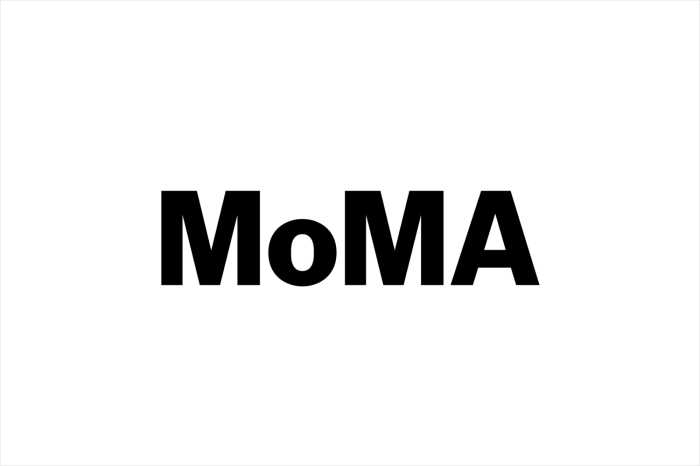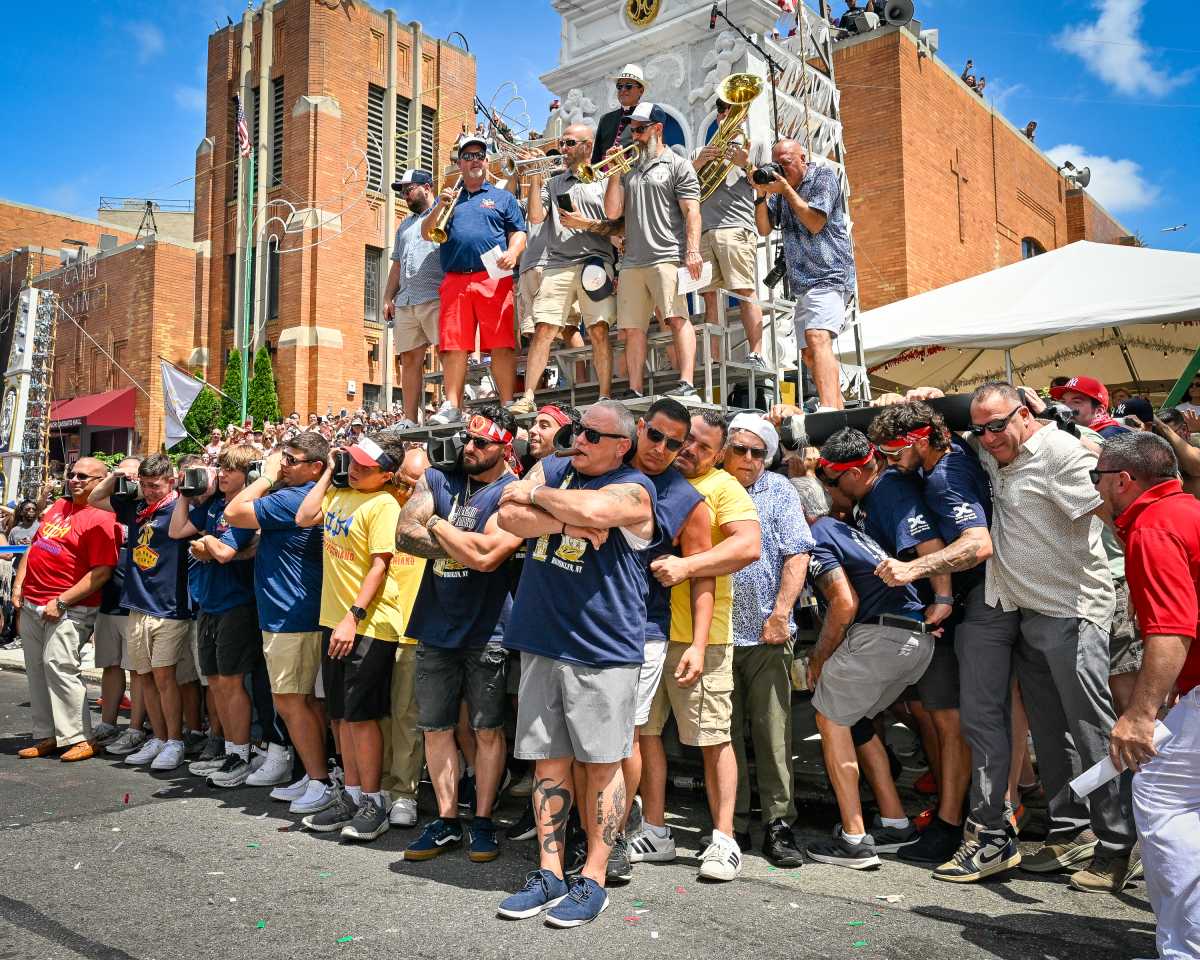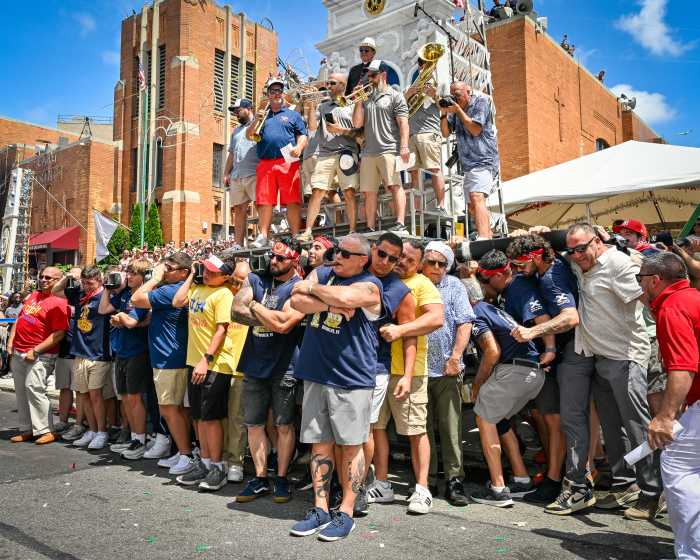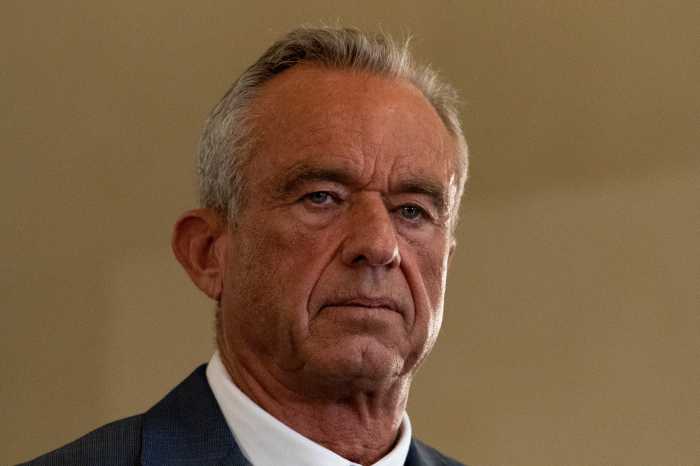People stealing rides on NYC trains and buses, along with a ridership not yet back to pre-pandemic numbers, led to more money coming out of New Yorkers’ pockets, according to new budget data released on Thursday.
The NYS Comptroller’s Office reported on May 22 that New Yorkers are paying for a growing share of the MTA’s operating budget, as paid ridership and fare collections on trains and buses are down from pre-pandemic levels, even as overall ridership continues to rebound from 2019.
The MTA’s $20 billion annual operating budget is crucial to keeping the transit system functioning. It is separate from the $68.4 billion 2026-2029 capital plan so often covered in the news media and from any revenue collected from congestion pricing.
“Understanding how the MTA pays for its day-to-day operations is crucial to improving its finances and the regional transit system,” state Comptroller Thomas DiNapoli said. “Keeping stations safe and clean, and trains and buses in good repair, relies on a patchwork of fares, tolls, taxes and surcharges that has been shifting.”

Shifting in a way that is less reliant on fares and tolls, and more on taxes and fees, the report details.
“Shedding light on these changes can help riders, toll payers, elected officials, and other MTA stakeholders understand funding contributions to the system in advance of funding challenges that may arise in the future,” DiNapoli added.
Fare increases coming in August will help make up for fare and toll evasion
The MTA is expected to increase the subway and bus fare, as well as tolls on its crossings, by 4% this August and again in March of 2027. The agency projects revenue from those sources will reach 2019 levels in 2027 and cover 41% of the operating budget, according to the budget report.
Fare revenue alone, however, would still be 10% below the pre-pandemic amount even with the increases.
Before the COVID-19 pandemic struck in 2020, fares and tolls covered 52% of the MTA’s operating budget.
But, despite a fare increase in 2023, fares and tolls made up only 39% of the agency’s operational budget. Meanwhile, paid ridership on buses was down 42% as subway straphangers took more free rides last year compared to the pre-pandemic 2019.
What does this mean? Fare evasion — especially on buses — is likely resulting in New Yorkers paying more for operating the city’s transit system, according to the report.
“Fare evasion continues to impact paid bus ridership much more significantly than paid subway ridership and both remain above pre-pandemic levels,” the report states. “The Authority has reported adding several physical deterrents to station entries to discourage subway fare evasion in recent months.”
Real estate taxes ‘never fully rebounded’ from Great Recession
But funding MTA operations is not just through fares and tolls. Taxes help, too.
The MTA gets an increasing share of its revenue from a variety of taxes and fees on payrolls, real estate transactions, petroleum businesses, sales, even drivers. These revenues as a share of MTA operating revenue, which dropped from 37% in 2019 to 33% in 2020, increased to 40% in 2024 with the state approval of an increase to the payroll mobility tax (PMT) rate in NYC in 2023.
Real estate-related taxes, which has traditionally helped fund the budget, have not been productive in recent years. Instead, PMT has been the main tax stream for the budget.
“Real estate taxes never fully rebounded to levels prior to the Great Recession and after a short-lived increase in 2021 and 2022 remain generally below 2019 levels,” according to the report.
Jai Patel, MTA co-chief financial officer, said the agency will watch for revenue trends and continue the battle against fare evasion.
“We thank Comptroller DiNapoli for recognizing the efforts made by the MTA and the state to adapt to shifts in ridership patterns, while maintaining high levels of service that boost the region’s economy,” Patel said. “The MTA will continue to closely monitor revenue trends and fight fare evasion, while making every effort to boost the funding streams we directly influence.”
DiNapoli’s report suggests that the MTA may also “have an opportunity” to increase revenue from real estate, advertising and other sources as ridership grows.
Brian Fritsch, associate director of the Permanent Citizens Advisory Committee to the MTA, said the comptroller’s report highlights the state’s work to keep transit “safe, reliable and affordable” in the face of the agency’s fiscal cliff.
“Unlike our neighbors in New Jersey, who have suffered through a 15% fare increase and undependable service, or Philadelphia, where the Southeastern Pennsylvania Transportation Authority’s (SEPTA) fiscal cliff remains unresolved, the New York City region has benefited from historically good service, which powers our local and state economy,” he said. “The governor’s critical investments in transit at a fragile time will pay dividends over the long term as the MTA makes progress reducing fare evasion and ridership continues to recover.”







































